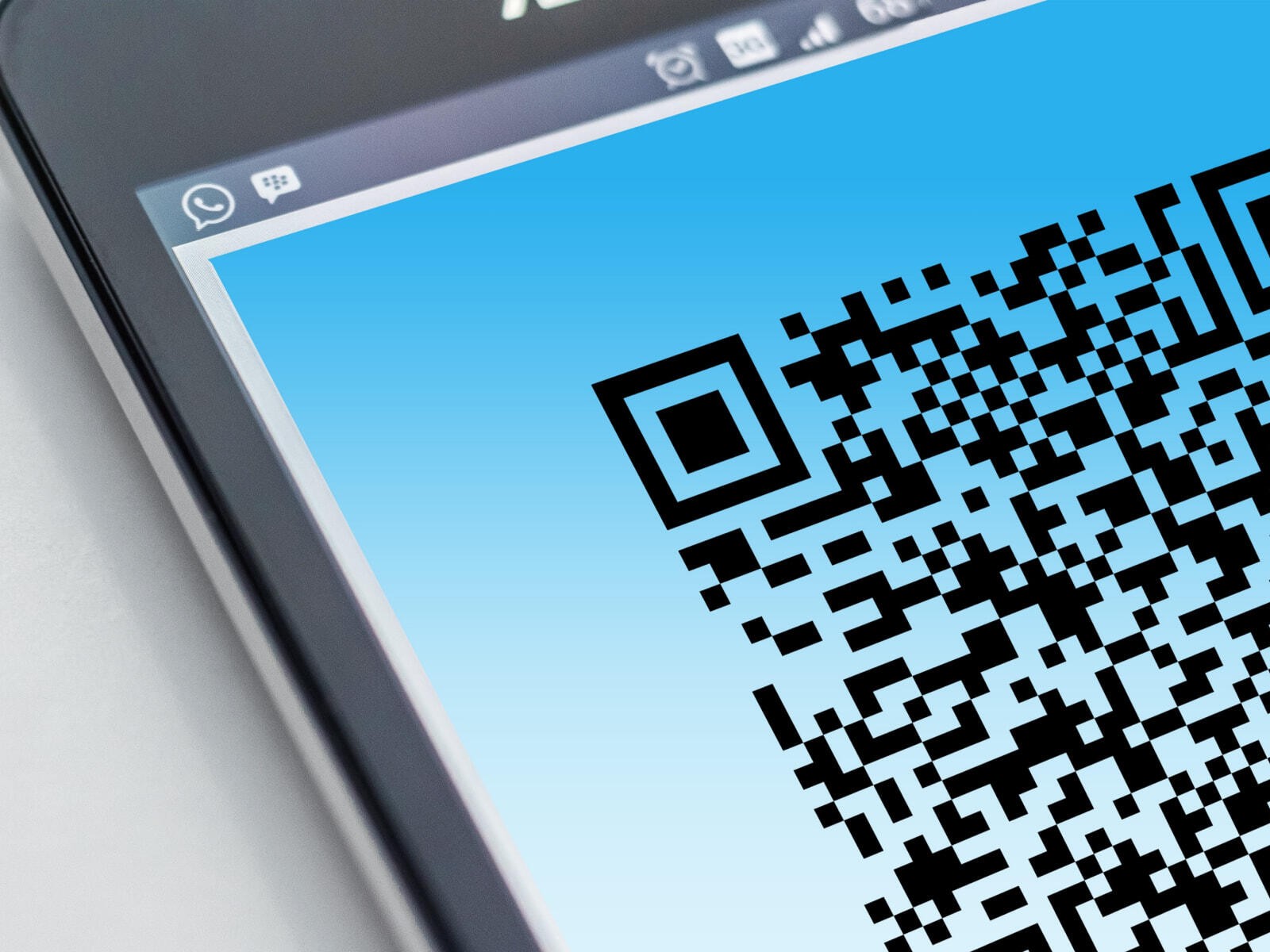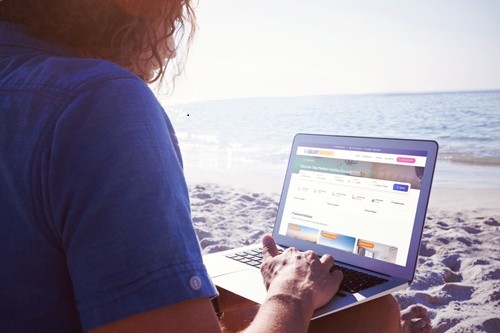Everything you need to know about QR code payments

The use of QR code payments saw a huge resurgence in mid-2020, when COVID-19 not only closed large swathes of the economy, but also raised fears about the risks of using payment methods requiring direct contact.
They remain popular post-COVID due to their convenience, low cost, and compatibility with any smartphone. Businesses favour them because they eliminate the need for expensive POS systems, while consumers appreciate their speed, simplicity, and security.
The QR code itself is nothing new. The technology arrived on the scene in 1994, although wouldn’t see widespread use until camera phones became commonplace during the mid to late 2000s.
When it comes to using QR codes to initiate payments, the technology is well developed, but still in the early stages of adoption — a situation that’s changing rapidly as we move closer towards a completely cashless society.
In this article, we’ll give you a brief run down on QR code payments, what they are and how they work. We’ll also list some of the industries where they’re being rapidly adopted, and explain some of the benefits that QR code payments can offer.
What are QR codes and how do they work?
“QR” stands for “Quick Response”. That’s because, in the early days of the QR code, the technology was intended to track vehicles during manufacturing, plus quickly scan individual components to keep track of inventories.
A QR code is a flat, 2-dimensional abstract pattern made from black bars and squares, set on a white background. QR codes work a little like barcodes: When a scanner “sees” the QR code pattern and decodes it, an action is triggered — in this case, initiating a payment or opening a web page.
QR codes for taking payments
In a nutshell, when a customer uses their smartphone to scan a QR code that a vendor has created, an action is triggered that issues a transaction request to a card issuer, whilst also transmitting the transaction details to the vendor.
Different types of QR code payment
Two basic types of payment methods are relevant to contactless transactions: Dynamic QR codes and static QR codes.
Static QR codes are simply programmed with a single trigger action, so when customers scan a QR code, this will launch a browser tab and navigate to a webpage that contains a shopping cart or payment information.
Dynamic QR codes offer a more sophisticated payment method: They can auto-fill transaction amounts, allowing a vendor to issue multiple codes for different items. Dynamic QR codes can also inform the vendor of the consumer’s location, device type and other analytics.
Customer QR codes vs merchant-printed QR codes
QR code payments can be used to purchase goods and services in two distinct ways:
Merchant QR code payment:
Vendors use a QR code generator for payments, displaying them in areas where customers pay for goods and services. The vendor uses a dedicated payment platform or an app to create a code linked to a product or service, and a customer scans this QR code to pay.
Customer QR code payment:
Patrons download QR codes onto their own devices, and the business scans this QR code when the customer arrives at the store.
The benefits of QR codes for payment initiation
You might be familiar with the QR code, but what are the advantages of using this in your own business?
For starters, QR code payments are fast and super convenient. Your customers can scan and pay for goods and services at any time, in any location - without lengthy interactions with staff. The other major benefit of using a QR code to accept payments is they tend to be cheaper to set up and less cumbersome than manual point-of-sale card readers. Finally, QR codes can be integrated into other payment platforms and solutions, creating a robust ecosystem for your business - both online, and in the physical world.A few examples of QR codes at work
QR codes are already being used extensively to accept payments. Here are just a few of the more popular applications for the technology:
Events and ticketing services:
Probably the oldest and most widely used application of the QR code, e-tickets allow customers to present proof of their booking to door staff. They also allow patrons to scan the QR code upon arrival to pay for admission as well.
Restaurants:
Diners can scan the QR code outside a venue to launch a browser window that displays a food menu, or use a code on printed flyers or posters to make bookings and even pre-order meals to collect upon arrival.
Tourism and street vending:
QR codes work well in major tourist hotspots, where they can be used to issue guidance and in multiple languages, while allowing payment for services where traditional point-of-sale equipment would be impractical.
Travel and mobility:
From e-scooters to car rentals and parking, QR code payment systems make it simple to launch an app or account creation page, enabling customers to efficiently pay for a service on the go.
Membership and loyalty cards:
Linking QR code payments to a loyalty card or member’s account makes plenty of sense: Once customers see their rewards growing, they’ll probably be more likely to spend extra cash.
Smartphones are driving QR code adoption
All of the technology and benefits of QR codes that businesses and customers enjoy would be impossible to implement without smartphones. Wherever we see a rise in the adoption of QR code payments, you can be sure that the popularity of smartphones is growing - especially in emerging markets like the Indian subcontinent and Africa.
According to Statista, in September 2020, around 65% of those questioned had used a QR code to make a payment. By April 2021, that figure had risen to 83%.
Is the QR Code the future of cashless payments?
As the world moves ever closer towards a completely cashless economy, QR code based payment methods will continue to rise in popularity. According to recent research, the number of QR code users is set to grow to a staggering 2.2 billion people by 2025.
Right now, the QR code is big news for mobile payments, revolutionising the consumer landscape and ushering in a new era for integrated payment systems across every sector of the economy.
How do QR code payments work with Ecommpay?
The Ecommpay payment platform is fully compatible with QR codes. When your customers reach the checkout page, you can display a QR code that when scanned by a mobile device, allows for seamless payments using a customer's mobile banking app, as well as both Google and Apple Pay.
Adding a QR code in this manner means that you're less likely to miss out on sales when a customer can't find their debit or credit card, whilst also making it easier for customers to make a payment using Google or Apple Pay from a desktop PC or laptop.
Are you ready to integrate QR code payments into your online checkout?
Get in touch with Ecommpay today and let’s chat about how you can leverage QR codes for accepting payments!
